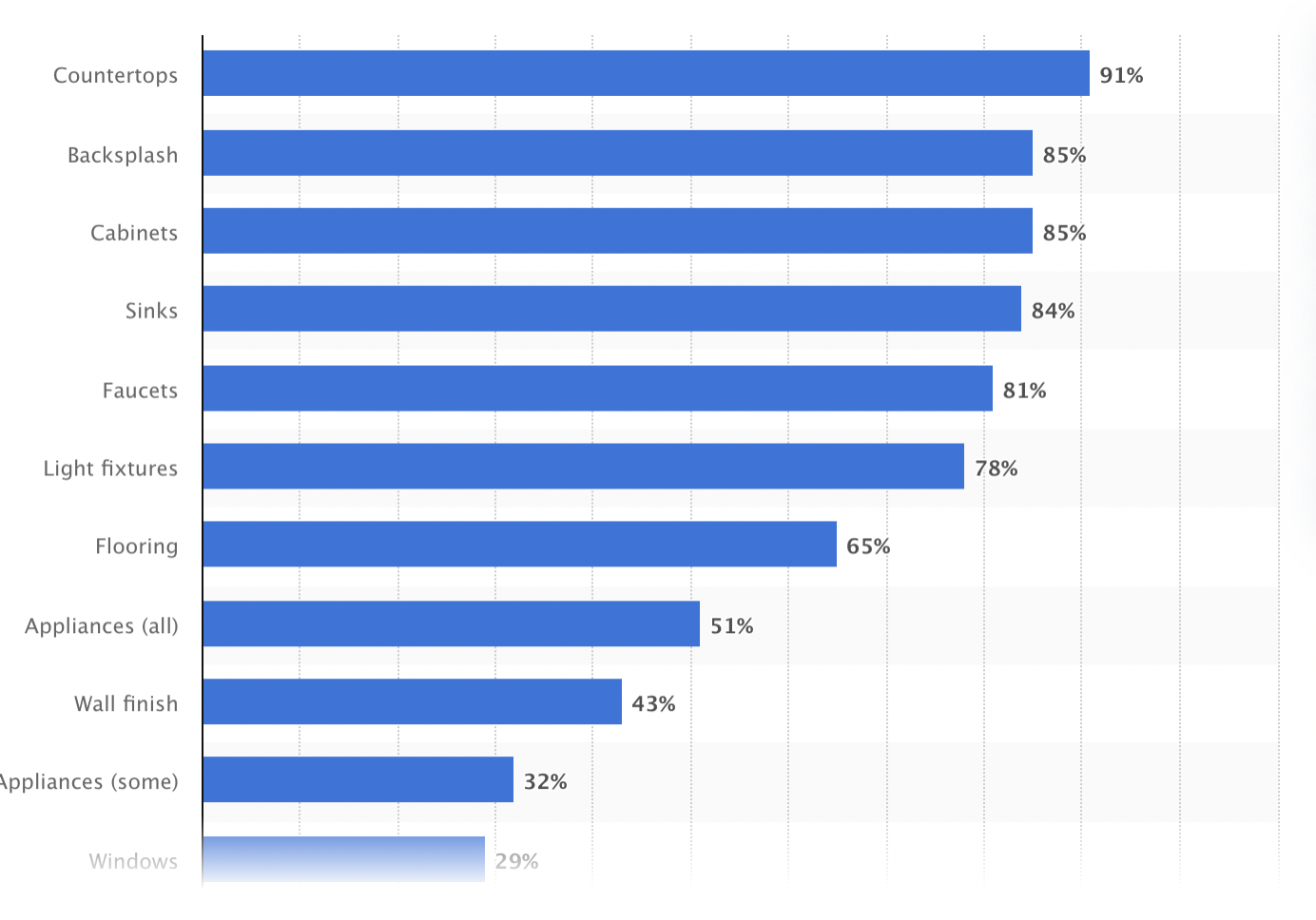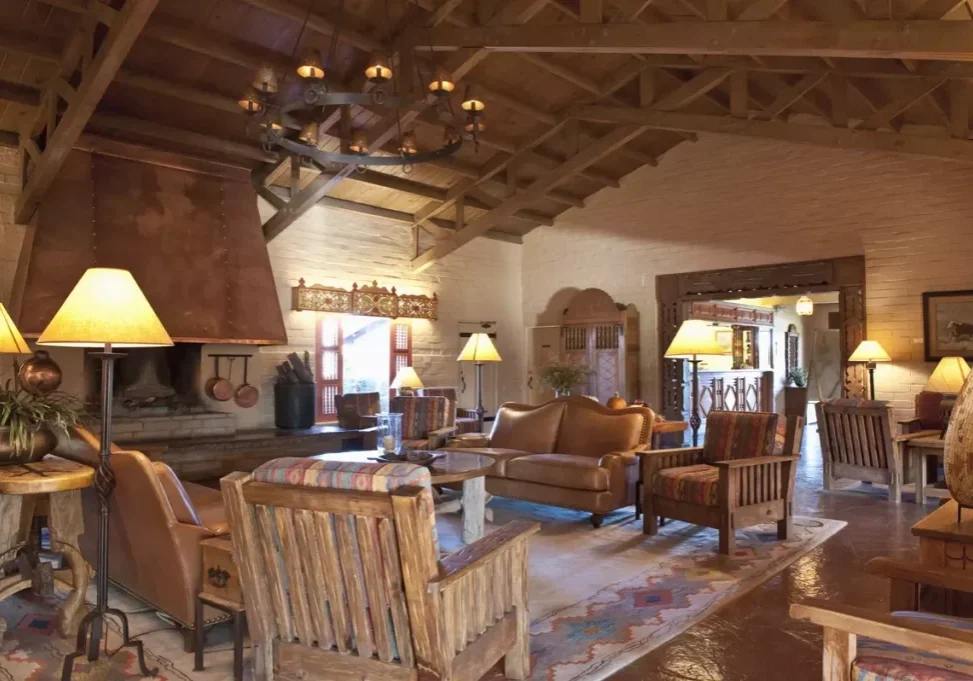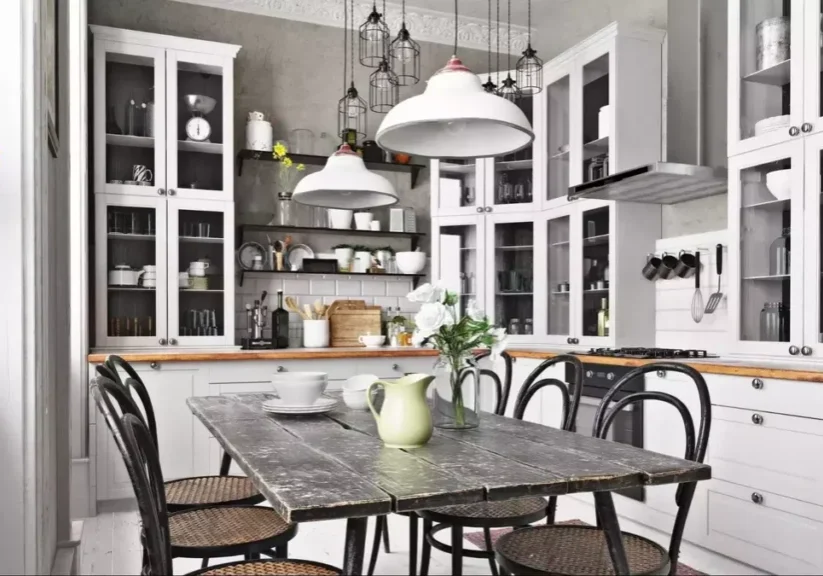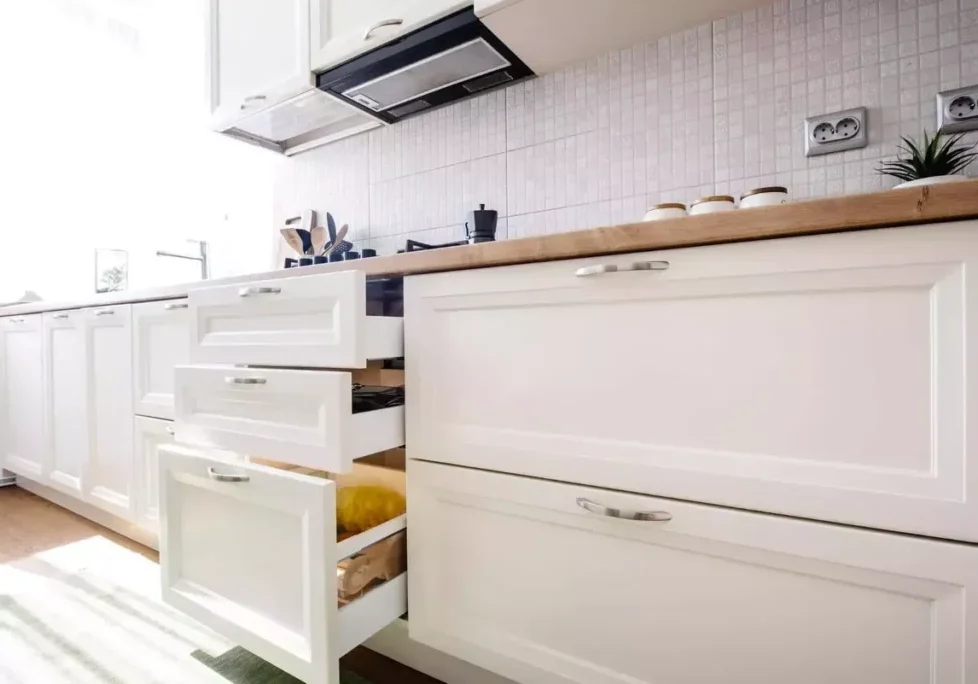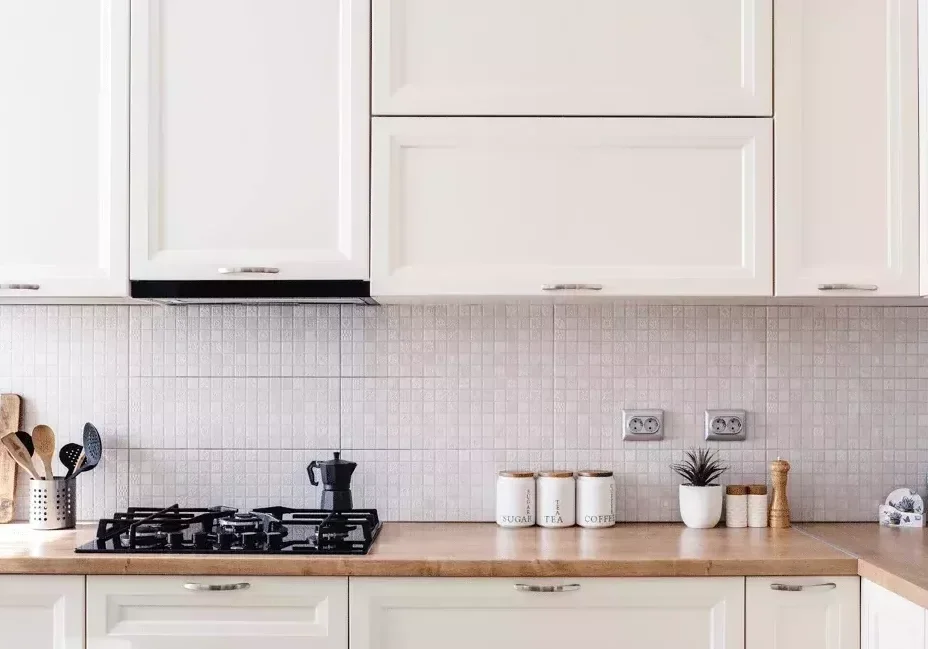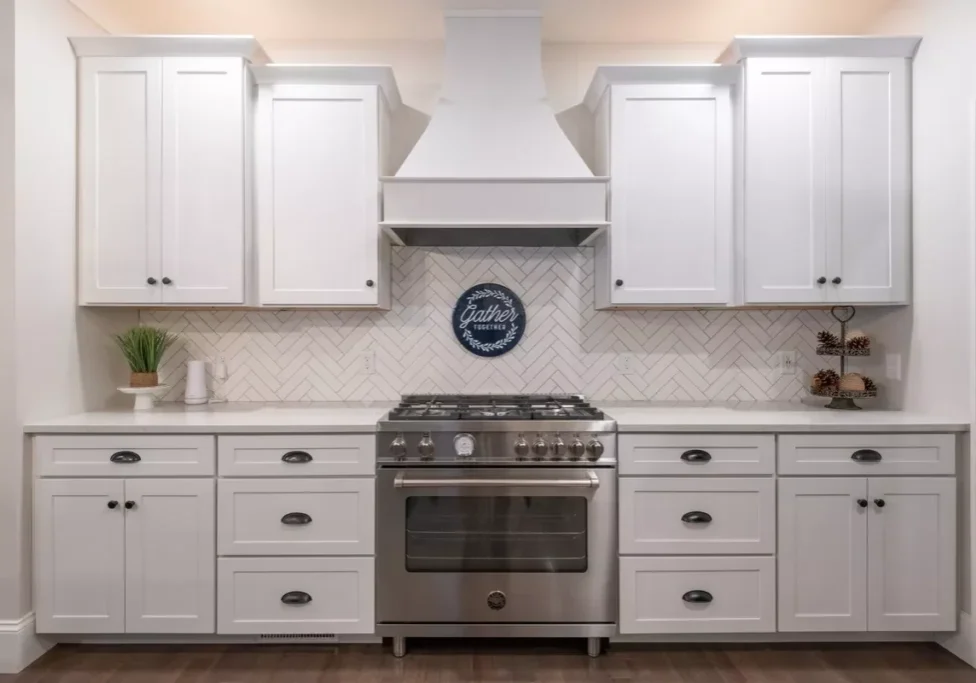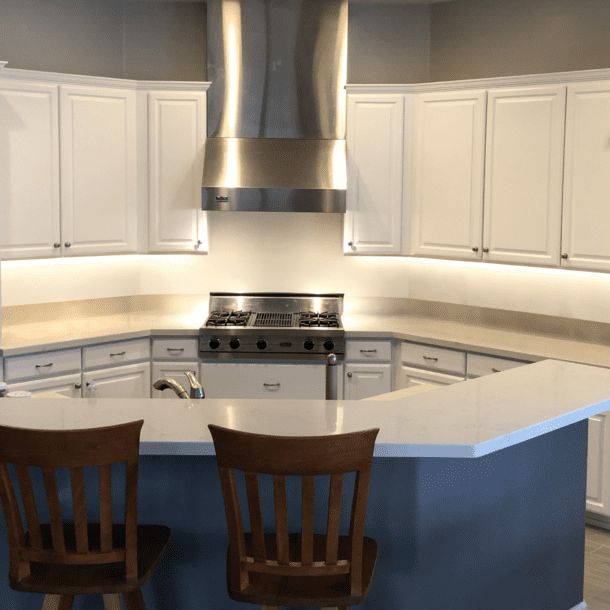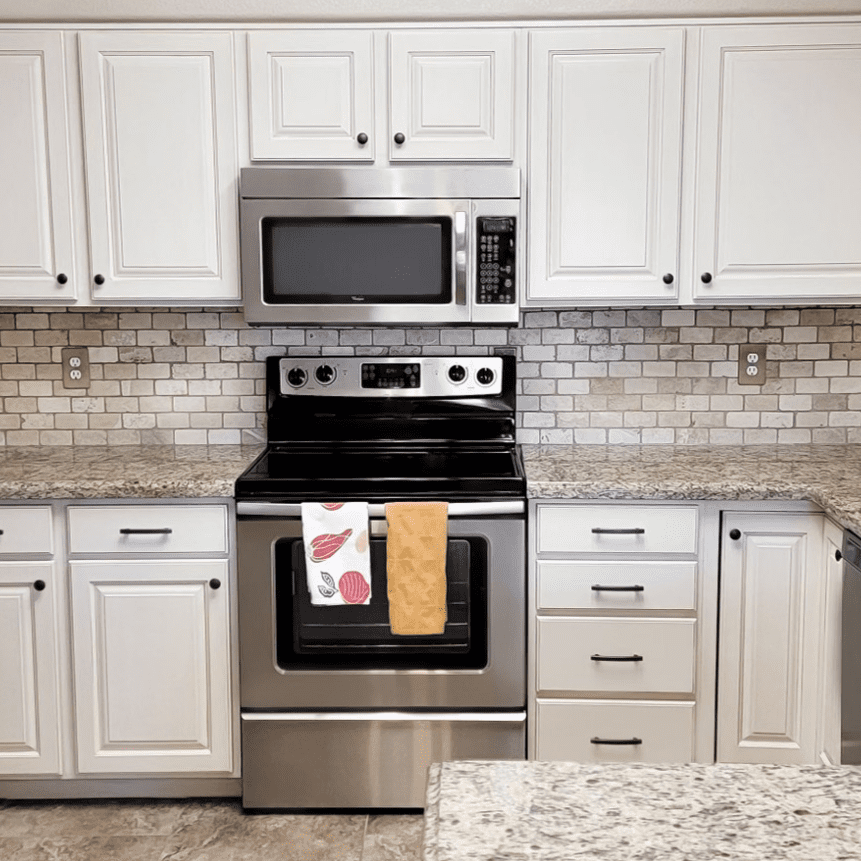Reasons We’d Never Use Veneers on Your Cabinet
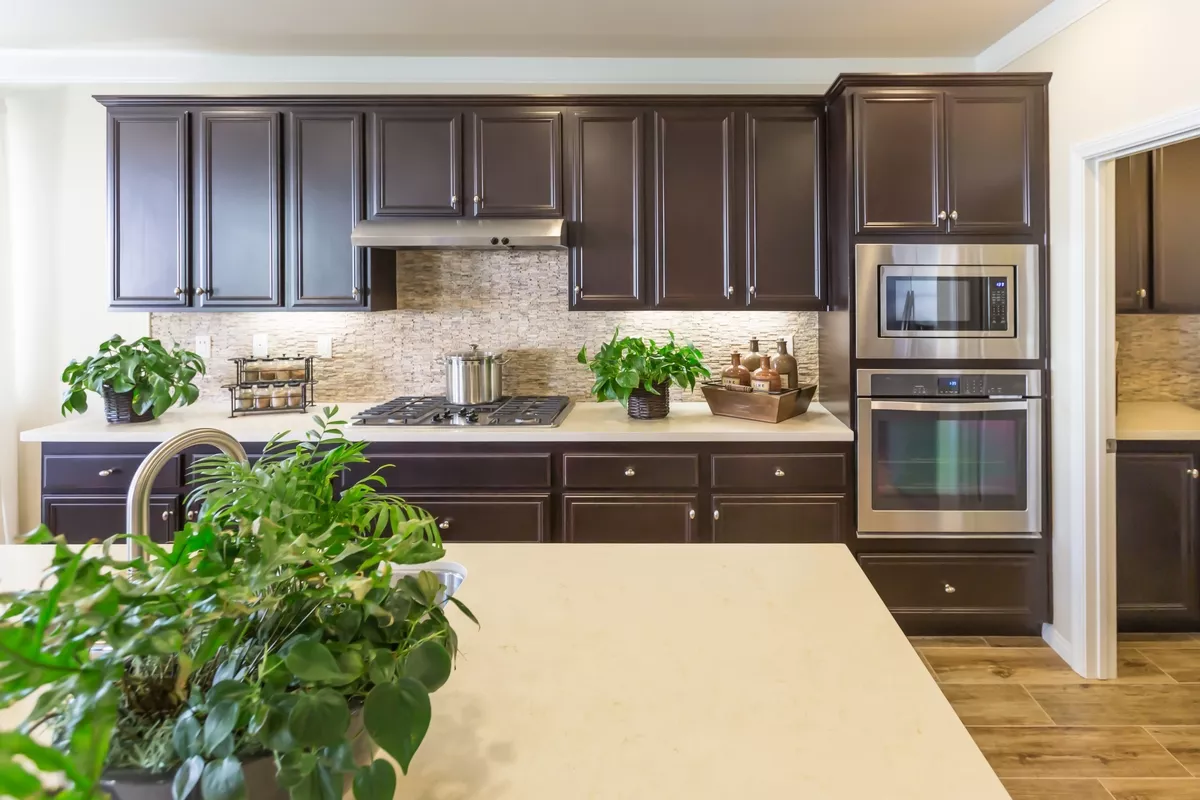
Are you interested in refacing or refinishing your cabinets? These services can be a great way to improve the overall appearance of your cabinets — provided they’re done right. In other words, you want to avoid low-quality solutions, such as veneers.
In this blog, we’ll go over everything you need to know about cabinet veneers, including the following:
Keep reading to learn why we’d never use veneers on your cabinet.
Do you want to update your old cabinets?
Since 1996, our team at Cabinet Coatings has helped homeowners achieve their ideal kitchen, bathroom, and laundry cabinets. For a same-day, no-obligation quote, contact us online or call (480) 641-9611 today!
What Are Cabinet Veneers?
Before we examine the cons of cabinet veneers, it’s important to understand what they are. Put simply, veneers are thin slices of wood that can be cut and glued to plywood or particle board cabinets. While veneers are usually wooden, some are made of a plastic laminate called melamine and heated until they adhere to the cabinet surface.
Generally, veneers are used to create doors and panels or to give cabinets a wooden exterior. Now that you know what veneers are, let’s take a closer look at why you should avoid using them.
Cabinet Veneers Damage Easily
Cabinet veneers may help improve your cabinet’s overall look and feel, but unfortunately, you won’t enjoy these benefits for too long. Compared to higher-quality materials, cabinet veneers tend to damage very easily. Here are just a few ways in which cabinet veneers can break down.
Chipping
As mentioned above, veneers are very thin materials. As a result, they chip easily. Even small acts, like bumping into the cabinet or swinging the door too forcefully, can damage the edges and corners. Generally, veneers cannot be patched up, so you’ll have to replace the entire material.
Water Damage
If there’s one thing your kitchen, bathrooms, and laundry room have in common, it’s that they’re all exposed to water. As a result, you want cabinets that can withstand water damage. Unfortunately, cabinet veneers don’t fulfill this requirement.
It’s easy for water to accumulate in the small space between the veneers and the cabinet surface. When this happens, two problems occur: the plywood or particle board surface gets damaged, and the veneer starts peeling.
Cracking
Did you know that wood expands when subjected to heat? So, if you frequently cook in your kitchen, your cabinet surfaces and veneers will expand. However, they won’t expand at the same rate. When the cabinet surface expands faster than the veneer, the veneer will crack.
Cabinet Veneers Don’t Last Long
Not only are cabinet veneers vulnerable to damage, but they also don’t last very long. Usually, veneers are connected to particle board or plywood, which have relatively short life spans. Let’s look at these cabinet materials and their pros and cons.
Particle Board
A particle board is a rigid sheet of pressed wood shavings and resin. If you’ve ever looked at a particle board, you’ll notice it’s very porous, making it susceptible to water damage. To conceal these holes, particle boards are usually covered with veneers. However, if the board comes into contact with water, veneers won’t protect it. Most particle boards last for about five years before disintegrating.
Plywood
Plywood is a durable wooden board made of several thin sheets of wood glued together. During the construction process, the wood grain is alternated, which makes the final product stronger. While plywood is much more durable than particle board, it’s still vulnerable to the elements (especially moisture). On average, plywood lasts anywhere from 10 to 25 years.
Solid Wood
The third — and best — option for your cabinets is solid wood. It offers an elegant and natural wooden appearance, so you don’t have to worry about sprucing up the exterior with low-quality veneers. And solid wood is more resistant to water damage than particle board and plywood. While it’s more expensive than other materials, it makes up for it with a long life span. Many solid wood cabinets last over 50 years.
Cabinet Veneers Look Cheap
Whether you’re updating your kitchen cabinets or doing a bathroom remodel, chances are you want cabinets that look good. As rather inexpensive cabinet finishes, veneers often end up looking cheap. Even a small amount of water can result in problems like peeling and cracks.
On the other hand, solid wood cabinets offer an elegant, high-quality look and feel. Not only do they immediately elevate the appearance of any room, but they’re also durable and long-lasting. And, when you work with a team like Cabinet Coatings, you can rest assured you’re getting the best cabinets possible for your home.
Need a Cabinet Upgrade? Contact Us Today!
If you want a cabinet upgrade that looks good and lasts a long time, our team is here to help. You can expect quality craftsmanship, honest pricing, and same-day, no-obligation quotes with every project. Contact us online or call (480) 641-9611 today!
Recent Posts

Laundry Room
A Laundry Room Makeover Has Never Been Easier Laundry Room Cabinet Refacing throughout Arizona Do you have big remodeling plans…

Kitchen
Enjoy the Kitchen Cabinets of Your Dreams for a Price You’ll Love Kitchen Cabinet Refacing throughout Arizona Experience a transformation…
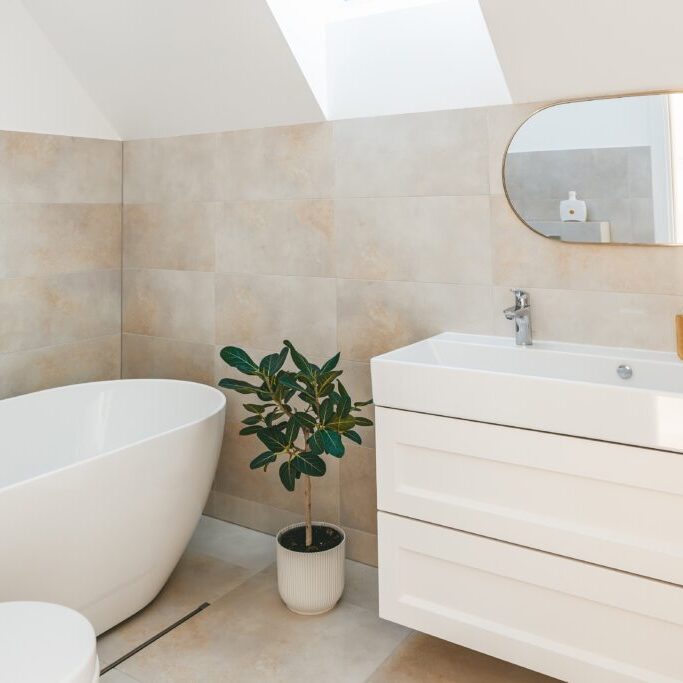
Bathroom
Update Your Bathroom Cabinetry for a Fraction of the Cost of Buying New Bathroom Cabinet Refacing throughout Arizona Breathe new…
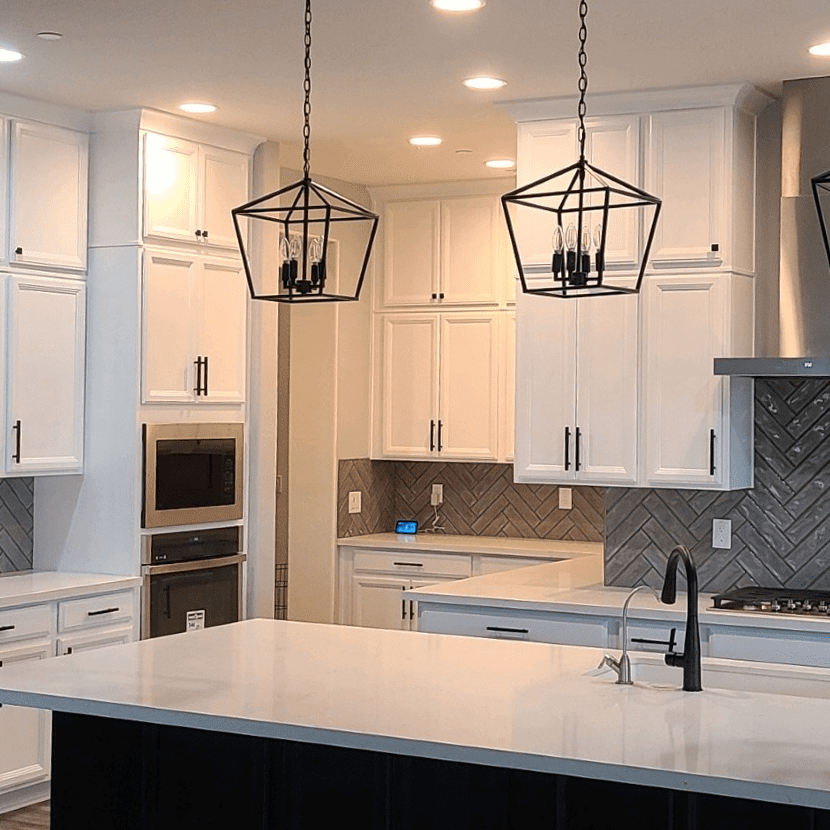
Cabinet Remodeling
A New Look Designed for Your Space. Cabinet Remodeling throughout Arizona Cabinet Coatings has been one of the Valley’s leaders…


